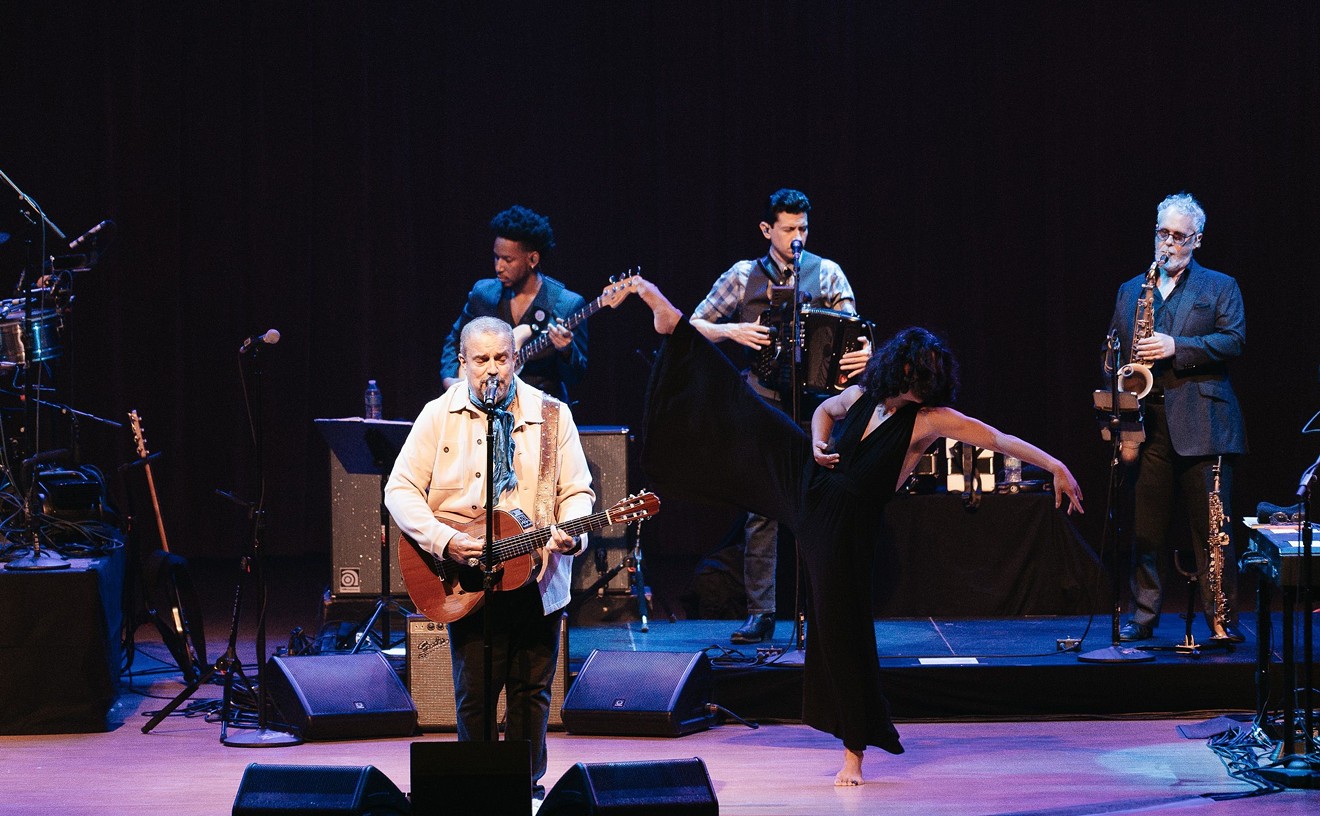Holiday certainly had a hard-luck life. Born in Baltimore in 1915 when her mother was only 13, Holiday began life as Eleanora Fagan and, as a child, worked in a whorehouse scrubbing floors. But her musical talents were noticed early on, and with a new name, she began singing professionally when she was 15. Holiday's unique phrasing and dreamy, emotional vocal style took her to the heights of jazz stardom. Despite her professional triumphs, she never overcame the demons of her personal life. As was the fate of all black musicians of the era, Holiday was plagued by virulent racism, especially when she went on tour in the South. Her troubles were compounded by a penchant for liquor and an addiction to heroin that resulted in her death from cirrhosis and heart failure at only 44 years old.
While Holiday's life has poignancy, it doesn't provide drama. That must come from the event of the nightclub performance. Robertson's script centers mostly on Holiday's onstage patter, which includes her rambling recollections of past events, some funny, some deeply sad, some both at the same time. As she swills snifter after snifter of brandy, she starts to get wilder and itchier. She withdraws from the stage for a brief interlude and returns in a drug-induced daze. She continues to sing, but her mind begins to blur and the past melds with the present in a meltdown.
As Holiday, Nadeen Holloway offers a glowing stage presence that lights up every number she sings, and the jazz trio beautifully backs her up . Pianist Ben Collier and percussionist Howard Moss have credits that read like the history of modern jazz; with dynamic bassist David Bruker in the mix, these cats get the joint jumping. Splendidly dressed in a cream-colored gown with brocaded fingerless gloves (as is usually the case at the M Ensemble, the superior costume design goes uncredited), Holloway has some physical resemblance to Lady Day and delivers the warm, precise singing style that was so effective in last summer's musical hit, The Life, at the Atlantis. But John Pryor's production has weaknesses. The decision to have Holloway sing in her own way rather than closely track Holiday's distinct style makes some sense -- this is, after all, a performance not an impersonation. But Holloway comes across as too healthy and resourceful, more a presentation of herself than the character. Even when the star's drug addiction sends her reeling into hallucinations, Holloway's strong vocal gifts and physical ease seem decidedly contradictory to what's going on dramatically. Every song is beautiful, every phrase in control.
Holloway and Pryor haven't tracked Lady Day's descent with much detail. The arc is clear, but this slow, measured slide is presented as relentless rather than erratic. You don't see the singer struggle or reverse herself -- there are few surprises and the outcome is never in doubt. While all of this is pitiful, it isn't compelling, and the production doesn't offer much insight into Holiday's character beyond what she says about herself. Certainly by most accounts, the real Holiday was a fighter, a wit and not above real viciousness; this Holiday seems more a frightened victim of external forces. While that's certainly part of Lady Day, that's not the whole show.










